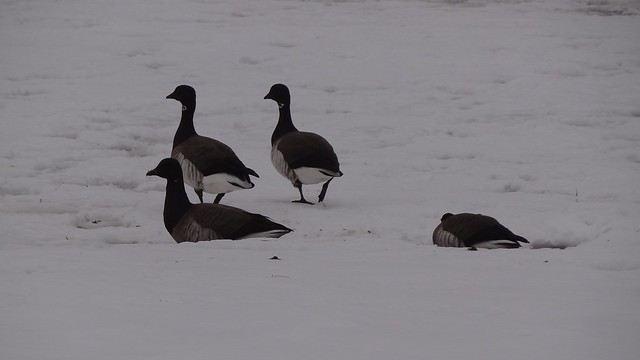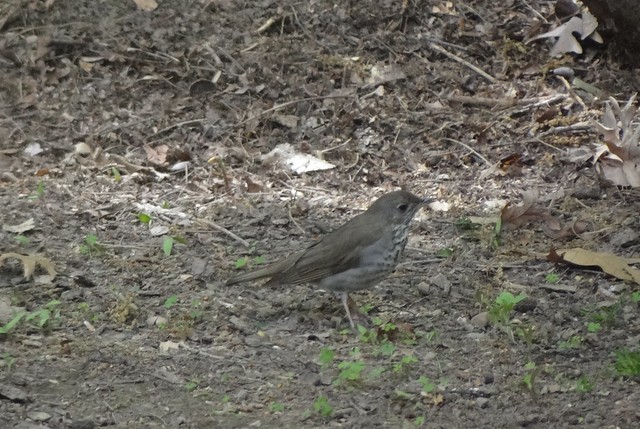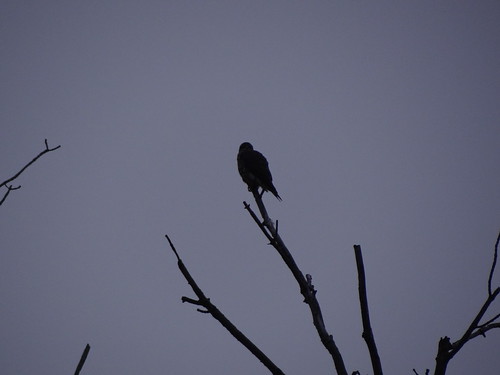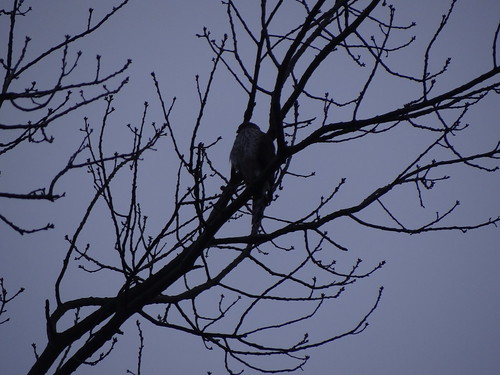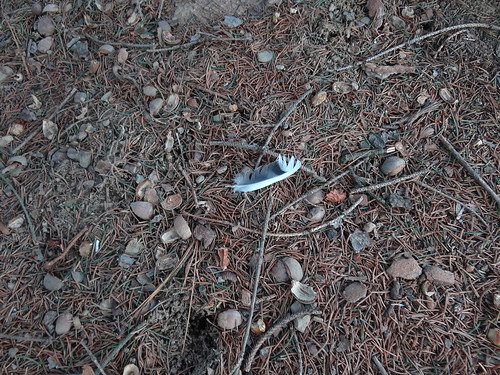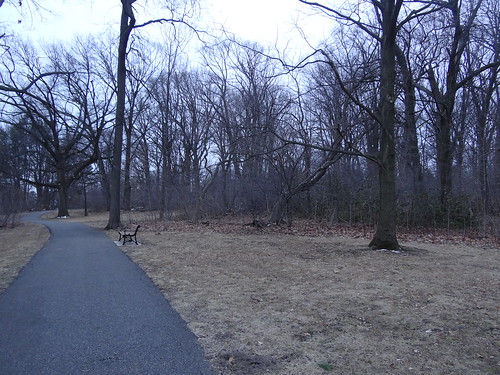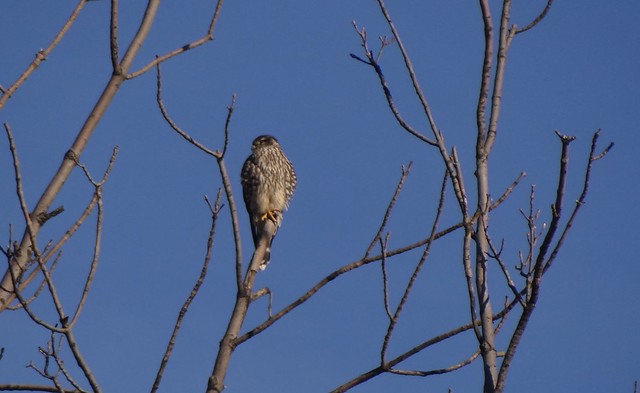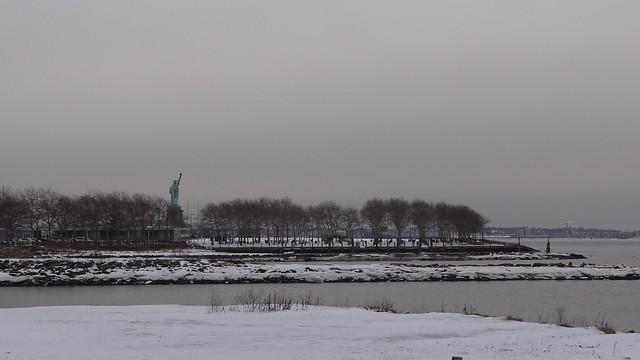
Fifty-five minutes in to my twenty-minute drive, I remembered why I don’t bird Liberty State Park that often.
Ten minutes in to my two-hour walk, I remembered why I should.
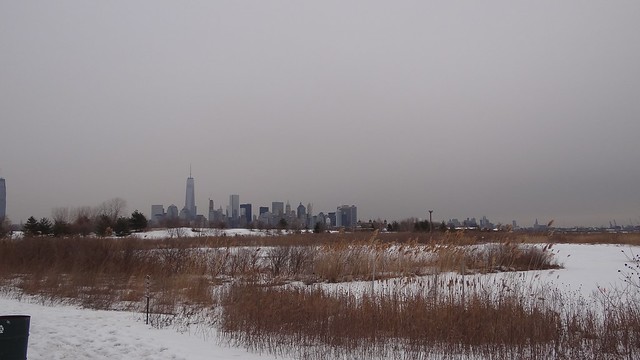
There weren’t all that many birds, and any rarities that might have been hanging around managed to avoid detection, but even on a cold, dank, breezy morning, I always found something to look at, from harbor seals out in the water to American tree and song sparrows taking advantage of the snow plow’s imprecisions.

I should be seeing plenty more tree sparrows in Nebraska in a couple of weeks, but here in New Jersey, they will disappear with the snow cover — a fact that creates more than a bit of psychic tension in birders, like me, who wouldn’t half mind seeing the ground again sometime soon.

There was a nice little flock of 35 horned larks in the parking lot when I arrived. They stayed just long enough to confirm that they were alone; I’d expected snow buntings, and hoped for longspurs or pipits.
I didn’t walk far enough to see if the usual wintering gang of ruddy ducks was in residence. On glimpsing a distant flock of scaup, though, I did venture out onto the open fields for a closer look. The great hope is always that an Aythya flock contain at least three species, and this one did. Not, unfortunately, the tufted duck I’d been crossing my freezing fingers for, but a drake redhead, a nice enough find by local standards.

I’ve had a good winter for redheads here in New Jersey; I think today was the third day this calendar year I’d seen the species in the state– not quite like “the old days” of the 1980s, when you could almost count on finding redheads on the North Shore ponds. I often wonder, when I do run across these handsome ducks nowadays, whether the decline of winterers here in New Jersey is perhaps connected with the end of the New York introduction program, begun, if rightly I remember, in the 1950s and continuing into the 1980s.
After a couple of hours outside, the cold got to me; but I justified my early departure by the chance of running into even worse traffic on the way home. I didn’t. So maybe I’ll forget what a bear that drive can be, and try Liberty again one of these days.
